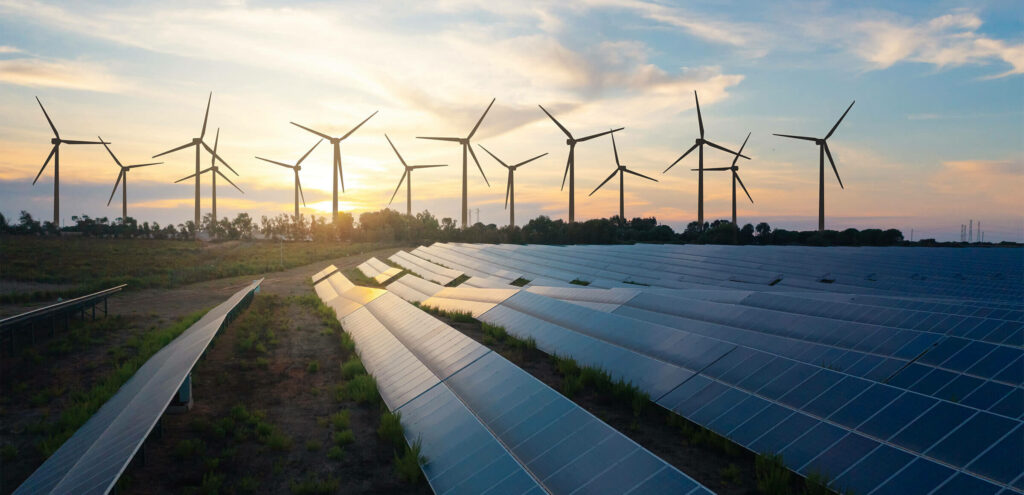Technical Note 01/2023
The global trend of shifting from fossil fuel-powered equipment to alternative energy sources has become a megatrend aimed at reducing CO2 emissions from fossil fuels.
Many industrial processes require high temperatures to be effective, while approximately 50% of them operate at temperatures lower than 400ºC. Both types of processes could easily transition from consuming oil, natural gas, or coal to electricity or green hydrogen.

Minimizing the carbon footprint in the industrial sector
It represents a shift from the current use of fossil fuels used to generate electricity and steam to the generation of steam with electric power, while relying on alternative forms of energy to supply electricity. Systems based on gas and oil derivatives have become widespread due to their apparent abundance, cost-effectiveness, technological maturity and easy accessibility. to access existing infrastructure, without paying much attention to the long-term economic and environmental impact of the carbon footprint.
Efficiency of electric vs. fossil fuel equipment
Electrical equipment shows a 24% advantage in efficiency compared to fossil fuel-powered equipment, primarily due to significantly lower heat losses. As a result, gas heating systems are often oversized by at least that percentage. In some cases, several boilers are installed to compensate for the significant loss of operating efficiency at low operating temperatures. This phenomenon does not occur in electrical installations , which, due to their characteristics and design, are able to respond quickly to dynamic stresses.
Burners require an optimal and precise fuel mixture to operate efficiently, which is not easy to achieve due to the alteration of the optimal variables inherent to the existing fuels on the market, resulting in an expensive and incomplete combustion process due to the need for the necessary air that ends up coming out of the chimney at high temperature.
Although this is a necessary evil to prevent the formation of corrosive mixtures that could degrade the equipment rapidly, it does not prevent soot from accumulating on the internal tubes of fuel-fed boilers, significantly reducing the thermal efficiency of the equipment.
Maintenance of all these systems is extensive and tedious due to the complexity of burners, fans, ductwork, fuel mixing, stack leakage temperature, scale build-up, corrosion and contamination control.
A steam boiler or any other industrial process fueled by fossil fuels requires an elaborate maintenance program that involves weeks of inspection by highly qualified technicians using sophisticated tools. This means extended downtime and high maintenance costs, not to mention the opportunity costs associated with facility shutdowns. At this point, we must not overlook the more complex and time-consuming Regulatory Control compared to electrical equipment.
Heating using electrical energy is notably simpler and more scalable than using a fuel burner, significantly reducing the probability of technical failure or breakdown. There are no parasitic losses since there is no combustion, and technical interventions are usual without any issues. Maintenance is straightforward, involving purging, inspection of electrical connections, and no leaks. These interventions typically take only a few hours annually.
For maintenance and high utilization reasons, industrial facilities that choose to minimize their capital expenditures (CAPEX) as well as operating expenditures (OPEX) should consider migrating to electric machines.
Electrical heating elements, such as electric resistance heaters, have been used in the industry for over a century due to their simple and effective design methodology.